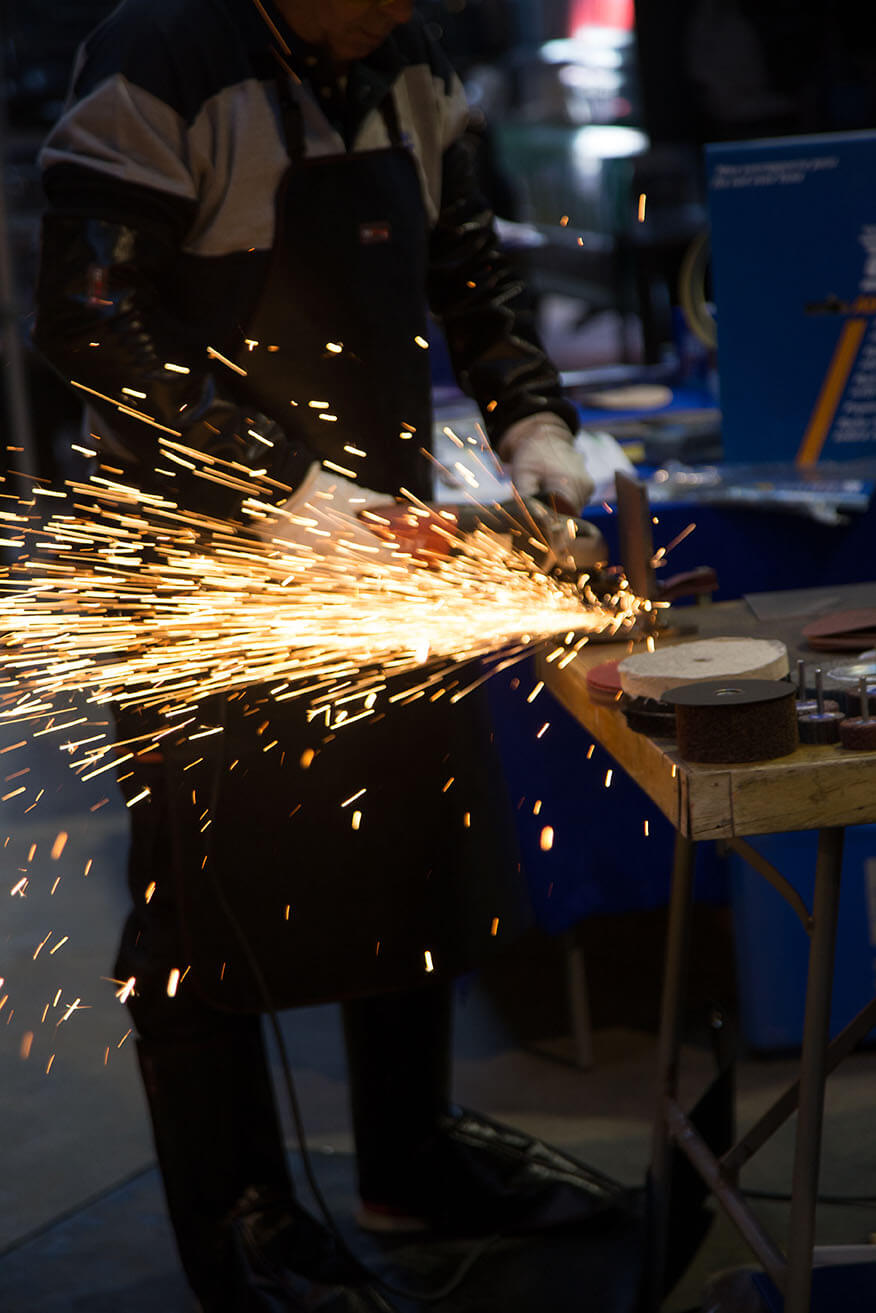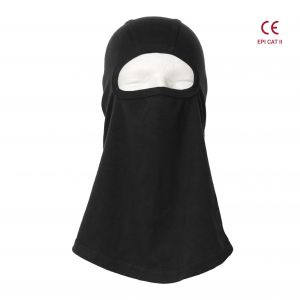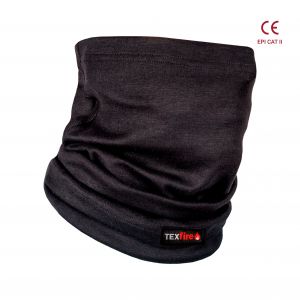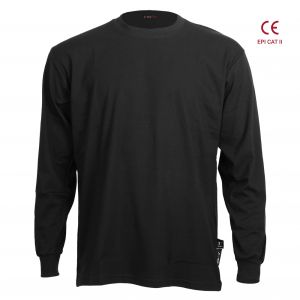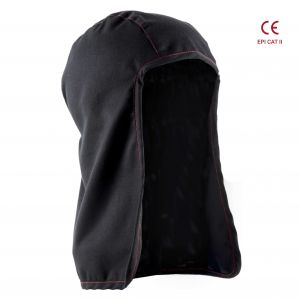Differences between leather and flame retardant fabrics for welder’s protection
When we talk about protection before welding jobs, the first thing that comes to mind is leather because it is the most popular and economic existing protection PID for welders and the protection it brings is quite acceptable, but, have you thought in what suppose using a garment of this material during work hours?
Our proposal is to use flame retardant fabrics resistant to the different welding jobs. PIDs and inherent flame retardant fabrics with special finishes could bring welders a better protection and comfort. The inconveniences of leather long-term use could be:
- Unpleasant odors due to the lack of transpiration.
- Rigidity that doesn't allow operators an adequate mobility.
- Bad solution regarding its maintenance,because it is not easy to clean.
On the other side, the benefits that leather (split leather) use brings us are:
- The economic prize.
- Its good protection factor depending on the welding technique we are working at.
Over and above, welding flame retardant fabrics:
- They have a higher price depending on the type of leather they are compared to.
- Benefits us bringing a higher transpiration.
- Gives a better mobility to welders.
- PIDs (apron, hoses, gaiters...) are lighter and comfortable.
- Could be easily washed at home.
In hard tasks it is always recommended a supplement in protection and PID combination and welding blankets. Protection equipment for welders is recommended to cover their whole body, so we recommend the use of apron, gaiters, hoses, masks, gloves...
